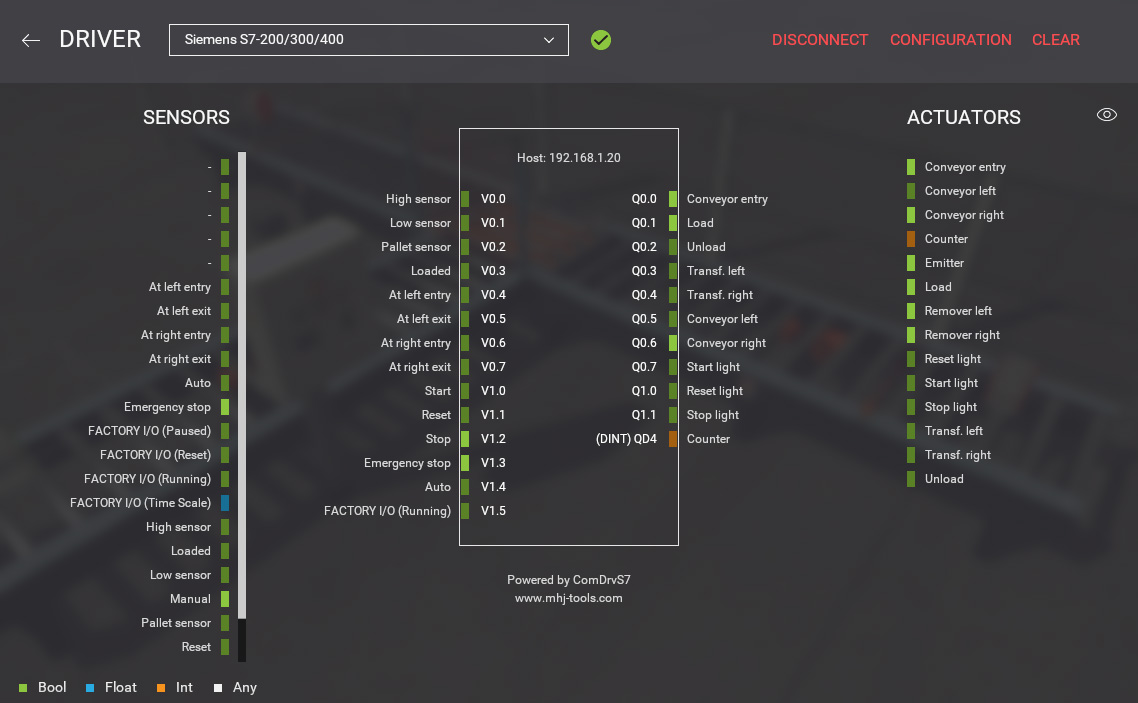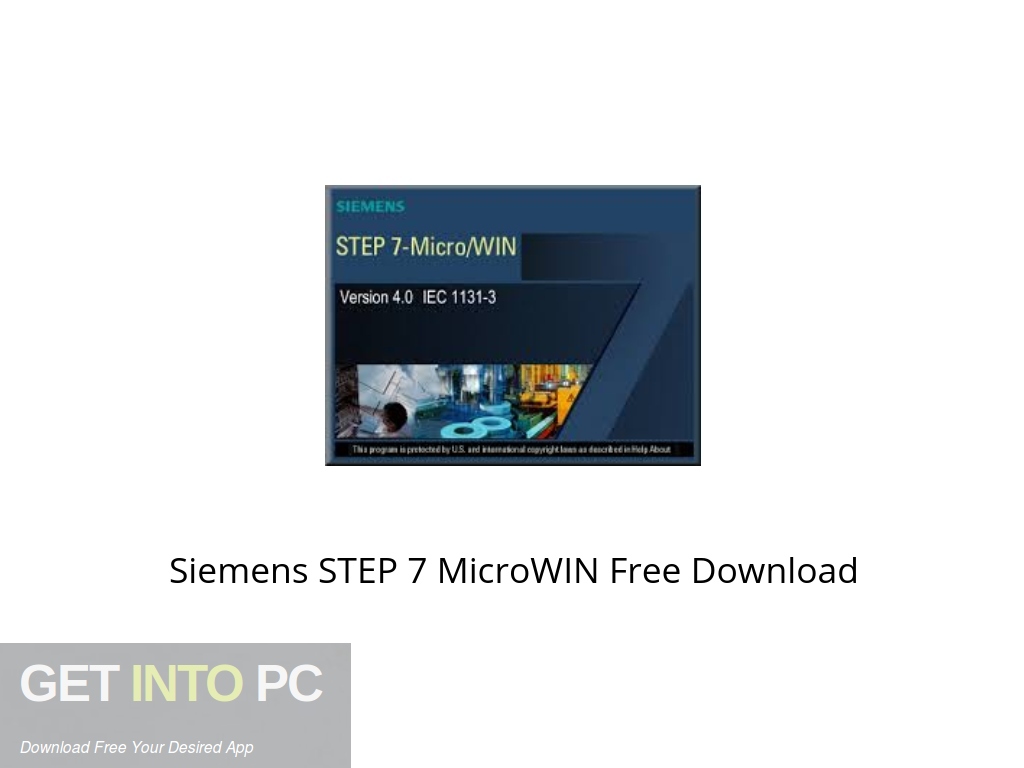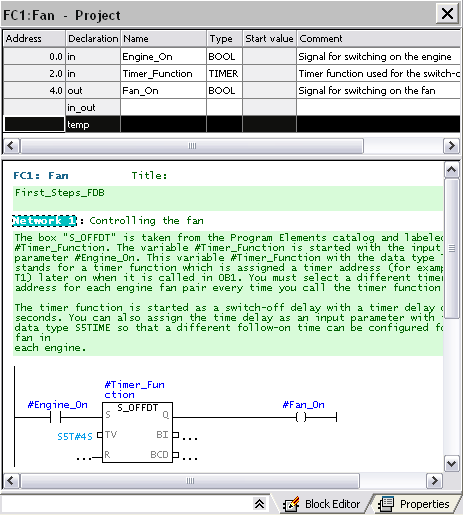

- #Step 7 micro win v5.6 windows 10
- #Step 7 micro win v5.6 software
- #Step 7 micro win v5.6 Pc
- #Step 7 micro win v5.6 professional

Properties such as restart characteristics and cycle-timemonitoring can be set menu-driven. – The configuration of the distributed I/Os is done in the same wayas the configuration of the non-distributed I/Os channel-granularI/O modules are also supported. – Configuration of the automation system Racks are selectedfrom an electronic catalog and the selected modules are assigned tothe required slots in the racks. The tool Hardware Configuration is used for configuring andparameterizing the hardware used for an automation project. Changes to a symbol parameterare therefore automatically recognized by all tools.
#Step 7 micro win v5.6 software
The symbol charts that are generated when this tool is used areavailable to all software products. – Data exchange with other Windows programs – Definition of symbolic designations and comments for the processsignals (inputs/outputs), flags and blocks With the tool Symbol Editor all global variables (in contrast tothe local formal parameters that are declared when the blocks areprogrammed) are managed. The SIMATIC software tools that are necessary for processingthe selected data are automatically started by SIMATIC Manager. It provides a common entry point for all SIMATIC S7, C7 or WinACtools. The SIMATIC Manager manages all data belonging to an automationproject, regardless of the target system (SIMATIC S7, SIMATIC C7 orSIMATIC WinAC) on which they are implemented. – Configuring and parameterizing the hardware SIMATIC STEP 7 contains convenient functions for all phases of anautomation project: It enables the user to use the performancecapability of these systems easily and conveniently.

HF5 for STEP 7 V5.Siemens SIMATIC STEP 7 software is theprofessional tool for the SIMATIC S7, SIMATIC C7 and SIMATIC WinACautomation systems. After making modifications in Step7 v5.6, you will still be able to work with that project in v5.5, if you don’t introduce principally new features (new generation of PLC etc), which is not likely on site.
#Step 7 micro win v5.6 Pc
Unfortunately, Windows XP does not support USB 3.0.Īs a result, I have to keep a virtual machine with Step7 v.5.5 under Windows XP for current offline development, and another virtual machine with Step7 v.5.6 under Windows 7 or 10 for on-site work with PC Adapter USB. In Windows 7 under Ubuntu host, the error is the same if you put USB 2.0 in the settings of virtual machine, and the problem disappears if you put USB 3.0.

#Step 7 micro win v5.6 windows 10
PC Adapter USB works fine in the same virtual machine under Windows 10 host. It looks like there are solutions for that problem in the Web (install Extension Pack, add the current user to group “vboxusers”), but that didn’t work for me, and I didn’t want to spend too much time for further investigation. But it turned out that PC Adapter USB doesn’t work in virtual machines with Windows XP under Ubuntu host - it says “The device cannot start. It is even more convenient to keep lean virtual machines with Windows XP. The novelties are not essential for old projects. I could have stayed under Windows XP, of course. Then I discovered that the matter is not with the version of Step 7, but with the operation system - thus the old Step7 v5.5 lags under Windows 7 likewise. I tried Step7 v5.6 under Windows 7 - same problem. Thus, for example, block comparison took 20 seconds vs 3 seconds in the old version. It was especially obvious with demanding operations. I installed Step7 5.6 under Windows 10 and discovered that it lags significantly, with intensive load on HDD.
#Step 7 micro win v5.6 professional
Recent release of the new version Step7 v5.6 (Step 7 Professional 2017) with Windows 10 support and my switching to Linux have induced a couple of issues I want to describe here. New Siemens PLCs S7-1200 and S7-1500, and TIA Portal software have already become quite mature products and they can be recommended for new projects now, but Step7 will be required for the support of old projects for a long time still.


 0 kommentar(er)
0 kommentar(er)
